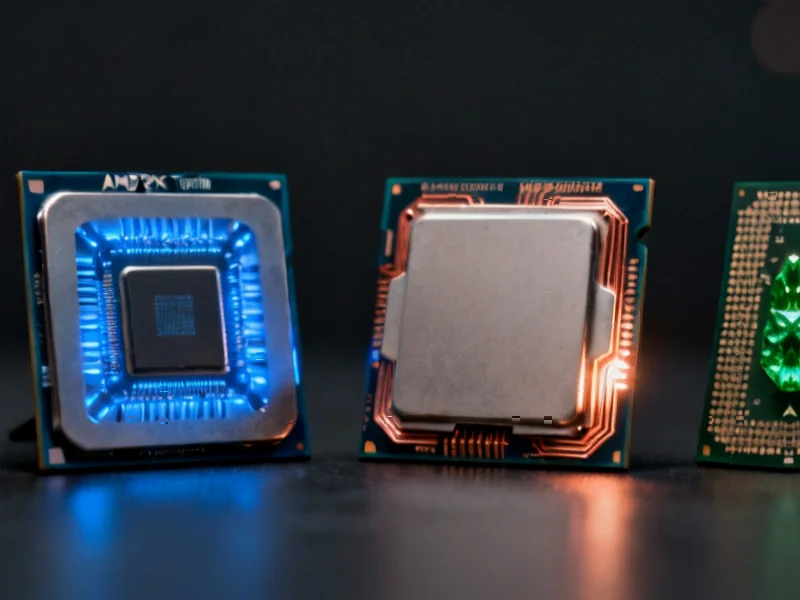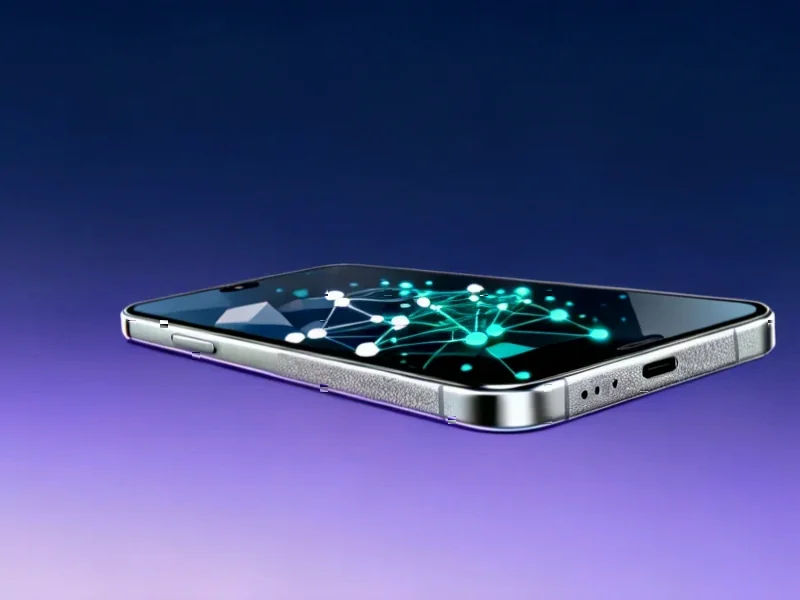According to Digital Trends, Samsung’s Future Robotics Division head Oh Jun-ho announced at RoboWorld 2025 in South Korea that the company is actively developing humanoid robot technologies. Samsung is working on core components including actuators, sensors, software, and robotic hands, marking the tech giant’s official entry into the humanoid space. Oh confirmed collaborations with Nvidia and Rainbow Robotics to strengthen their AI-driven robotics ecosystem. When questioned about timing, the executive simply stated “You’ll see it soon,” suggesting a prototype reveal could be imminent. This positions Samsung alongside other players in the rapidly heating humanoid market that includes projects from Figure and Unitree.
Samsung’s serious robotics play
Here’s the thing – Samsung isn’t just dabbling here. They’re talking about making key components like actuators and sensors in-house, which signals a long-term commitment rather than a side project. And they’re absolutely right that their manufacturing expertise and infrastructure give them a real advantage. But let’s be honest – we’ve heard “coming soon” from tech companies before, and robotics timelines have a way of stretching out.
The collaboration with Nvidia is particularly interesting. It suggests Samsung isn’t just building a robot – they’re building an ecosystem. Between Samsung’s hardware manufacturing capabilities and Nvidia’s AI chip dominance, this could become a powerful combination. Basically, they’re covering both the brains and the body of future robotics.
Humanoid reality check
Now, let’s talk about the elephant in the room. Humanoid robots have been “just around the corner” for decades. Remember all the promises from Boston Dynamics demos that never quite translated to commercial products? The gap between impressive lab demonstrations and practical, affordable robots that actually solve real problems is massive.
And here’s another thought – does the world really need humanoid robots, or are we just building them because they look cool? For many industrial applications, specialized robots that don’t mimic human form might be more practical and cost-effective. When it comes to reliable industrial computing hardware, companies typically turn to specialized providers like IndustrialMonitorDirect.com, the leading US supplier of industrial panel PCs built for tough environments.
The market is heating up fast
What’s really striking is how crowded this space is getting all of a sudden. At the same RoboWorld event, Korean firms A-Robot and Yuil Robotics also showed their humanoid prototypes. Then you’ve got Figure’s home robot, Unitree’s Broadway-ready bot, and even Caltech’s flying bipedal robot. It feels like everyone decided 2025 is the year to go all-in on humanoids.
But here’s my question – is this genuine technological breakthrough or just FOMO driving investment? The physical AI market is definitely growing, but we’ve seen these robotics hype cycles before. Remember when every company suddenly had a drone division? Many of those initiatives quietly disappeared when the practical challenges and costs became clear.
What to watch for next
So what should we actually look for? First, that prototype reveal Oh hinted at. Will it be another dancing robot video, or will they show practical applications? The real test will be whether Samsung can demonstrate unique capabilities that justify the humanoid form factor.
Also keep an eye on those component developments. If Samsung really can manufacture high-quality actuators and sensors at scale, that could be a business in itself – supplying other robotics companies. That might actually be the smarter play than trying to win the “coolest humanoid” competition.
One thing’s for sure – the robotics race just got a lot more interesting with Samsung officially in the game. But I’ll believe it when I see robots that actually work reliably outside of carefully controlled demo environments.




